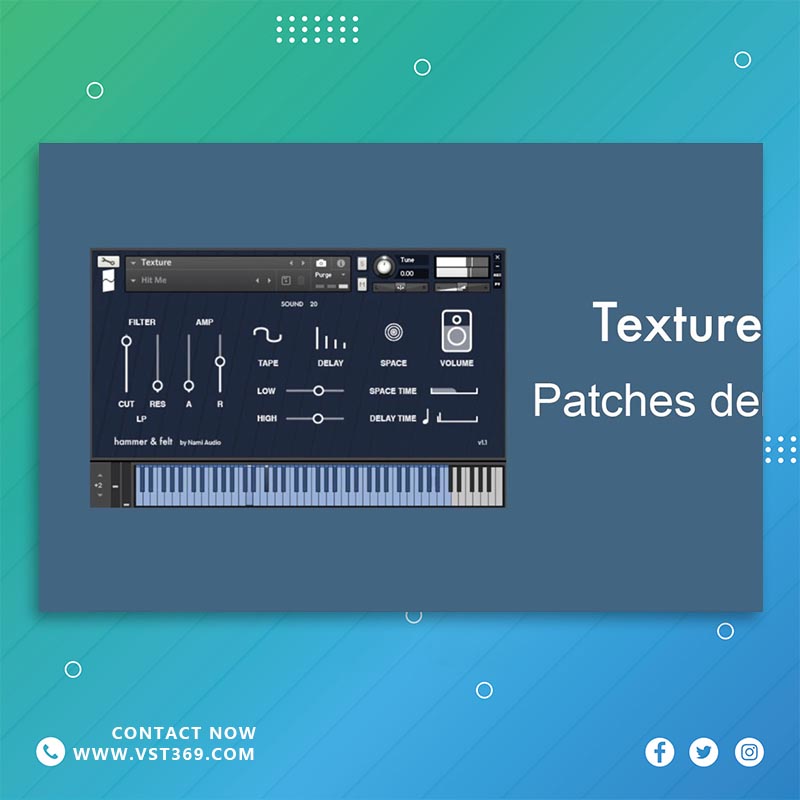Bentside Spinet 源自 spinetta,这个词用于 17 世纪意大利语中的所有带羽毛的乐器。尖晶石是首选的家用键盘,因为它比大键琴占用更少的空间,产生暗沉而安静的音调,并且在美学上令人惊叹。作为钢琴的前身之一,最古老的手工艺品可追溯到 1490 年,但在 1631 年左右开始流行。到 18 世纪,在欧洲各地发现了弯曲的尖晶石,并用于日常家庭娱乐和音乐教学。器形似竖琴横放,琴键在音板位置。结果,尖晶石产生了丰富而持久的音色,但比大键琴更暗,更不明亮。它有五个八度音域,自然的琴键重新覆盖了乌木和象牙色的临时记号,给人一种令人印象深刻的印象。
Bentside Spinet derives from spinetta, a word used for all quilled instruments in 17th-century Italian. The spinet was a preferred household keyboard since it took up less room than the harpsichord, produced a dark & quiet tone, and was aesthetically stunning. As one of the precursors of the pianoforte, the oldest artifact is dated 1490, but started to gain popularity around 1631. By the 18th century, bentside spinets were found all over Europe and were used for daily home entertainment and musical instruction. The instrument shape resembled a harp laid horizontally, with the keys in the position of the sounding-board. As a result, the spinet produced a rich and sustained timbre, but darker and less brilliant than the harpsichord. It had a five octave range with natural keys re-covered with ebony and ivory topped accidentals, giving it a strikingly memorable look.




